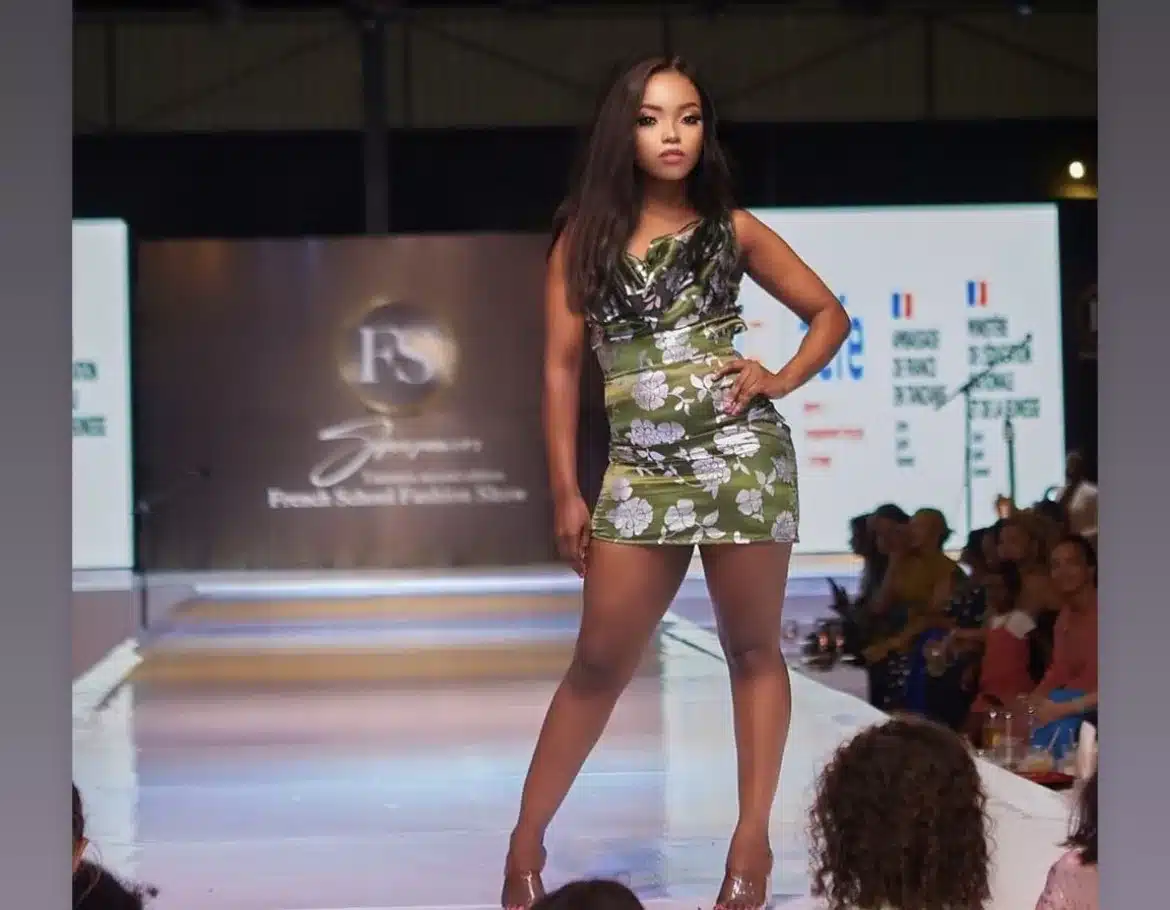A runway model, often simply referred to as a model, is a professional individual who specializes in showcasing clothing and accessories on the runway during fashion shows. Renowned for their poise, confidence, and striking physical presence, runway models play a pivotal role in bringing fashion designs to life. These models are typically selected for their ability to embody the aesthetic and style of a designer’s collection, effectively conveying the creative vision through their runway walk and presentation.
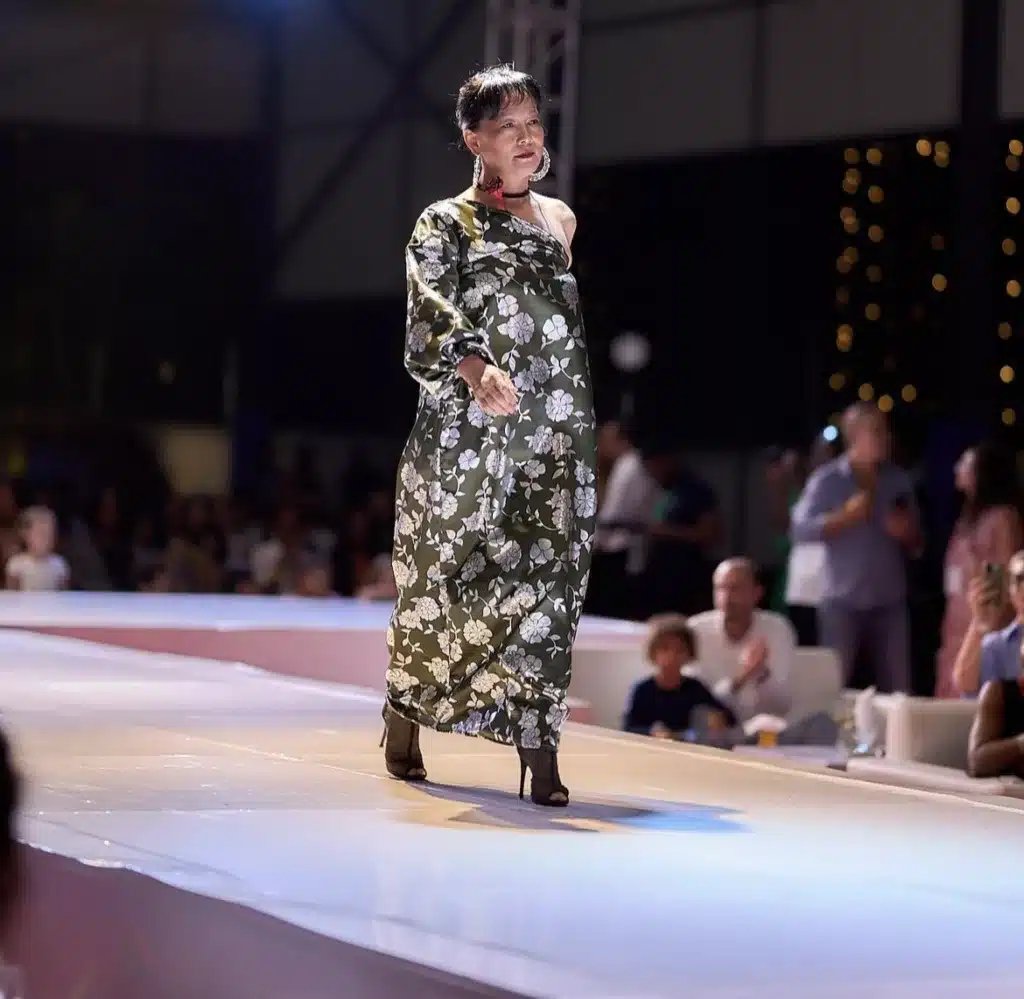
Lighting, composition, and poses are carefully considered to create visually compelling and impactful images. Photoshoots can range from editorial fashion spreads and product advertisements to personal portraits and artistic projects, showcasing the versatility and creativity that photography offers as a means of visual expression. The resulting photographs serve as a visual narrative, capturing moments frozen in time and often shaping perceptions of beauty, style, and culture.
Is it a runway or catwalk?
Both runway and catwalk are terms that are often used interchangeably in the context of fashion, particularly when referring to the elevated platform where models showcase clothing during a fashion show. However, there can be some subtle differences in how these terms are used.
In general, runway is a more widely accepted term and is commonly used in American English. It is the preferred term in the fashion industry to describe the platform where models walk to display clothing.
On the other hand, catwalk is a term that has its roots in maritime language, describing a narrow, elevated walkway. It has been adopted in the fashion industry and is used to refer to the same elevated platform for runway shows. Catwalk is sometimes considered more common in British English.
In everyday conversation and in the context of fashion, both terms are understood to refer to the same thing—an elevated platform for models to walk and showcase clothing. The choice between runway and catwalk may depend on regional language preferences or individual stylistic choices.
How to become a runway model
Becoming a runway model involves a combination of talent, dedication, and strategic steps to navigate the competitive fashion industry. The first step is to develop a strong and versatile portfolio of professional photographs that highlight your range and versatility. Seeking representation from a reputable modeling agency is crucial, as these agencies often have connections with designers and fashion houses. Attend open calls and castings to get noticed by industry professionals. Maintaining a healthy and fit lifestyle is essential, as the industry places importance on physical appearance and stamina. Practice and refine your runway walk, paying attention to posture, poise, and confidence.
Stay informed about the latest trends and designers in the fashion world. Networking at fashion events and building a presence on social media platforms can also help increase visibility. Being resilient in the face of rejection and continuously honing your craft are key aspects of a successful runway modeling career. Seeking guidance from experienced professionals and staying committed to self-improvement can greatly enhance your chances of breaking into the competitive world of runway modeling.
Runway model height
Runway model height is a distinctive characteristic in the fashion industry, and typically, models who excel on the catwalk are tall, ranging from 5’9 to 6’0 or taller. The emphasis on height is attributed to the visual impact it creates on the runway, allowing garments to drape and flow elegantly. Runway models should possess a lean and proportionate physique, characterized by a slender frame that enhances the presentation of clothing. To become a successful runway model, aspiring individuals should focus on maintaining a healthy lifestyle and a toned physique. Developing a signature runway walk is crucial, and this involves refining posture, balance, and confident strides.
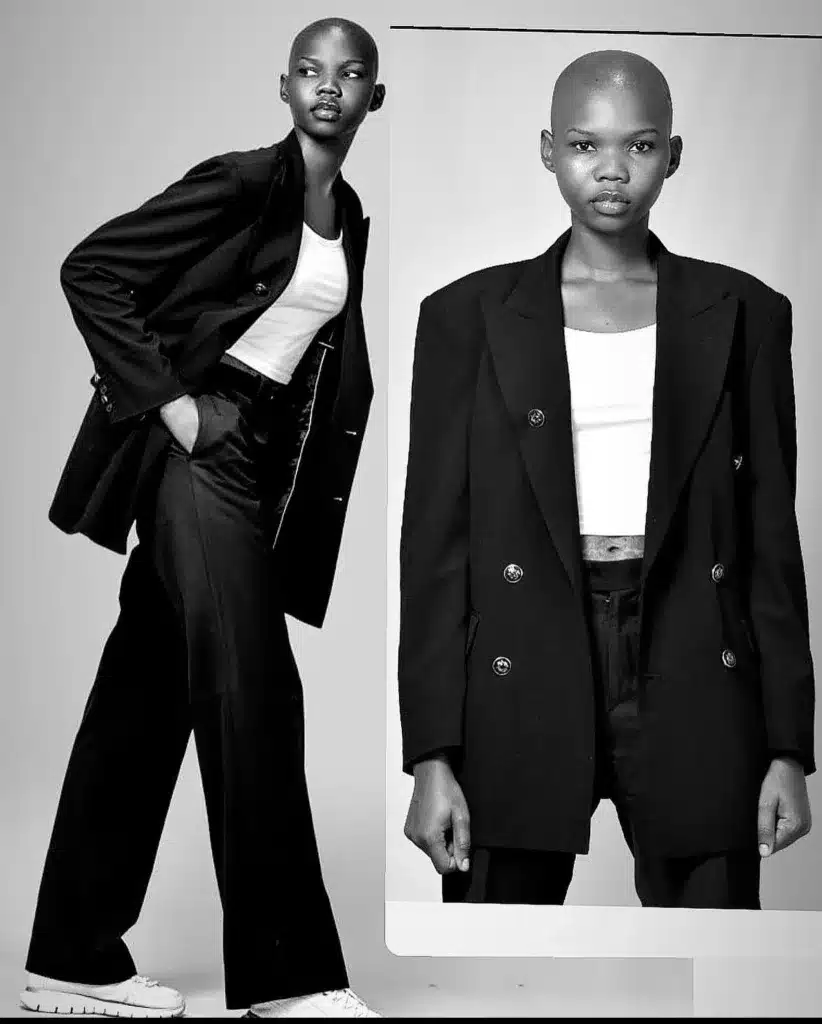
Aspiring models often attend open castings and seek representation from reputable modeling agencies, as these agencies have the industry connections to secure runway opportunities. Staying informed about the latest fashion trends, designers, and participating in runway training or modeling workshops can also contribute to success on the catwalk. Building a strong portfolio with professional photographs showcasing versatility and adaptability is essential for catching the attention of industry professionals. Overall, a combination of physical attributes, skill development, and strategic networking are key components in pursuing a career as a runway model.
Model runway
The model runway is a distinctive platform where fashion models showcase clothing and accessories during runway shows, presenting the latest designs to an audience of industry professionals and fashion enthusiasts. To become a successful runway model, several factors come into play. Height is a crucial aspect, as runway models are generally expected to be tall, often between 5’9 and 6’0 or taller. A lean and well-proportioned physique is also essential, emphasizing the visual impact of clothing on the catwalk. Aspiring runway models often begin by building a strong portfolio that showcases their versatility and range in front of the camera.
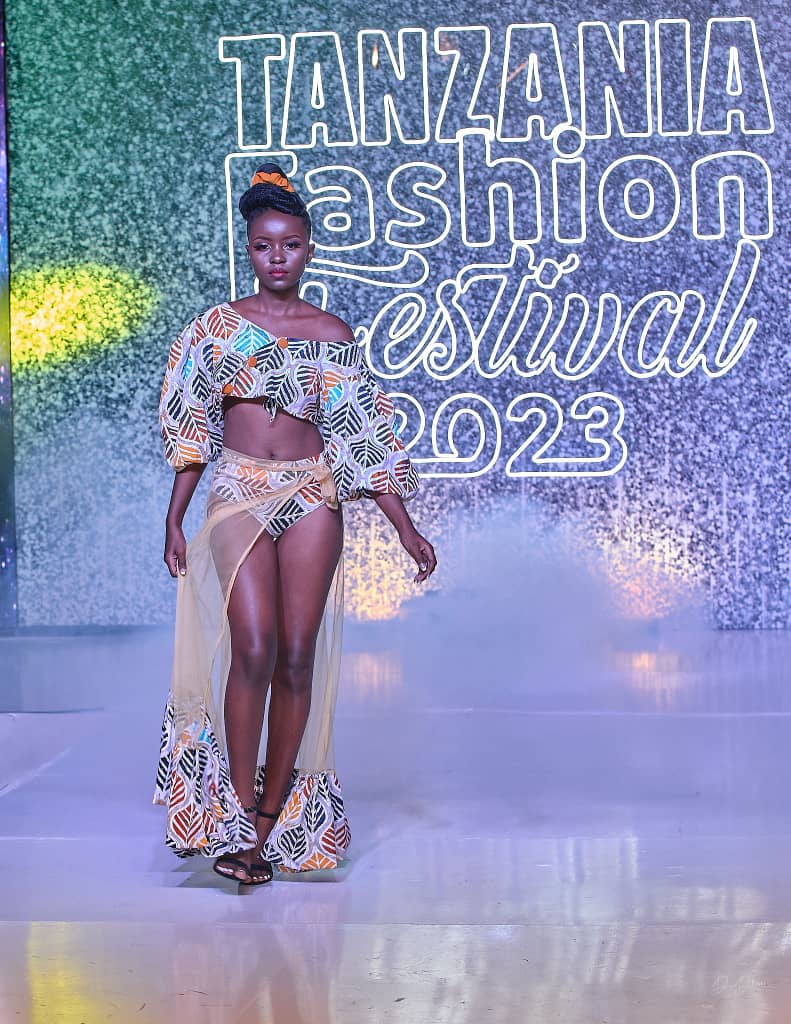

Seeking representation from reputable modeling agencies is a common pathway, as agencies can provide exposure to relevant opportunities and connect models with fashion designers. Developing a confident and distinctive runway walk, attending castings and open calls, staying informed about the industry, and participating in runway training are vital steps toward a successful career on the catwalk. Overall, a combination of physical attributes, skill development, and strategic networking is key to breaking into the competitive world of runway model.
How to be a runway model
Becoming a runway model requires a combination of specific physical attributes, skills, and strategic steps to navigate the competitive fashion industry. Height is a crucial factor, with the industry preference typically leaning toward models who are tall, often ranging from 5’9 to 6’0 or taller. Maintaining a healthy lifestyle and a well-proportioned physique is equally important to enhance the presentation of clothing on the runway. Aspiring runway models often begin by building a diverse and professional portfolio that showcases their adaptability and versatility in front of the camera. Seeking representation from reputable modeling agencies is a common pathway, as agencies can provide exposure to relevant opportunities and connect models with fashion designers.
Developing a confident and distinctive runway walk is paramount, and attending castings, open calls, and runway training can help aspiring models refine their skills and increase visibility in the industry. Staying informed about the latest fashion trends and networking with industry professionals also play crucial roles in establishing a successful career on the catwalk.
How tall do you have to be a runway model
The height requirements for runway models typically range from 5’9 to 6’0 or taller, though variations exist depending on the specific preferences of designers and the fashion industry at large. The emphasis on height in runway modeling is rooted in the idea that taller models allow clothing to drape and flow more elegantly, showcasing the garments in a visually striking manner on the catwalk.
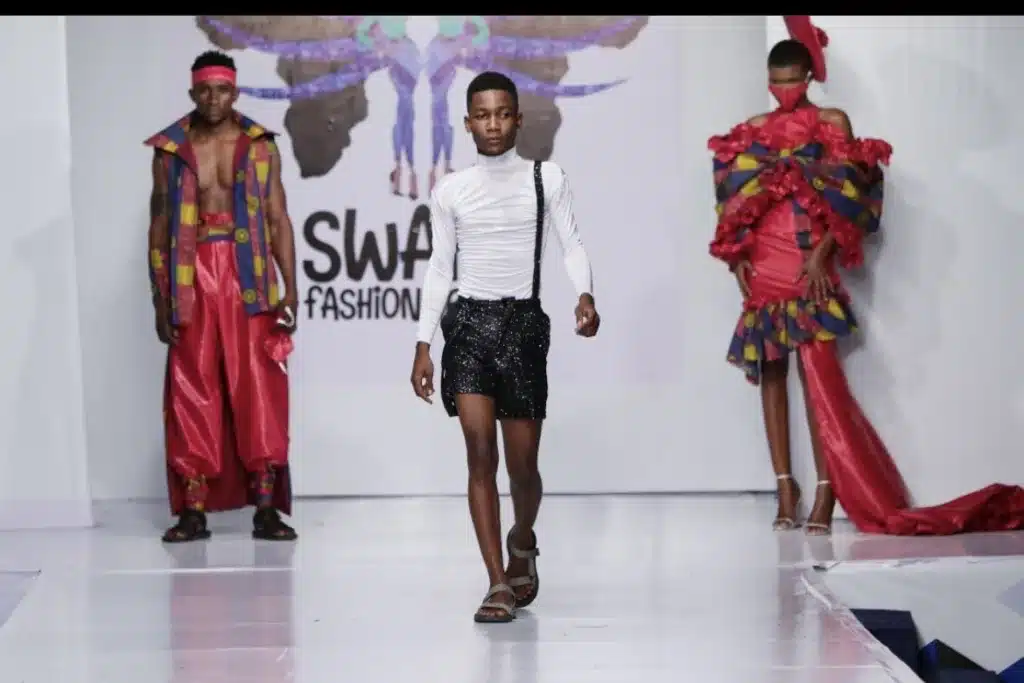
While there have been movements advocating for increased diversity and inclusivity in the modeling industry, with some designers and brands featuring models of varying heights, the traditional standards for runway models still favor those within the specified height range. Aspiring runway models often find success by aligning themselves with reputable modeling agencies that can connect them with industry opportunities and designers looking for models with the desired physical attributes.
Runway model requirements
Runway model requirements encompass a combination of specific physical attributes, skills, and characteristics essential for success in the dynamic world of fashion. Height is a key factor, with runway models typically falling within the range of 5’9 to 6’0 or taller, as this stature allows for a striking presentation of clothing on the runway. A lean and well-proportioned physique is also crucial, emphasizing the model’s ability to showcase garments effectively. Clear skin, strong bone structure, and versatile facial features are highly valued, as they contribute to a model’s adaptability across various fashion styles and aesthetics.
Beyond physical traits, runway models need to develop a confident and distinctive runway walk, showcasing poise and charisma. Aspiring models often pursue representation from reputable modeling agencies, building a professional portfolio that showcases their versatility and range. Continuous self-improvement, staying informed about industry trends, and actively participating in castings and runway training are integral components of meeting the rigorous requirements for a successful runway modeling career.
How tall to be a runway model
To be a runway model, height is a defining factor that significantly influences a model’s suitability for the fashion industry. While there can be some variation, the general height requirement for runway models typically ranges from 5’9″ to 6’0″ or taller. The emphasis on height in the fashion world is rooted in the desire to create a consistent and aesthetically pleasing presentation of clothing on the runway. Taller models are believed to showcase garments more elegantly, allowing designs to flow seamlessly and capture the attention of the audience.
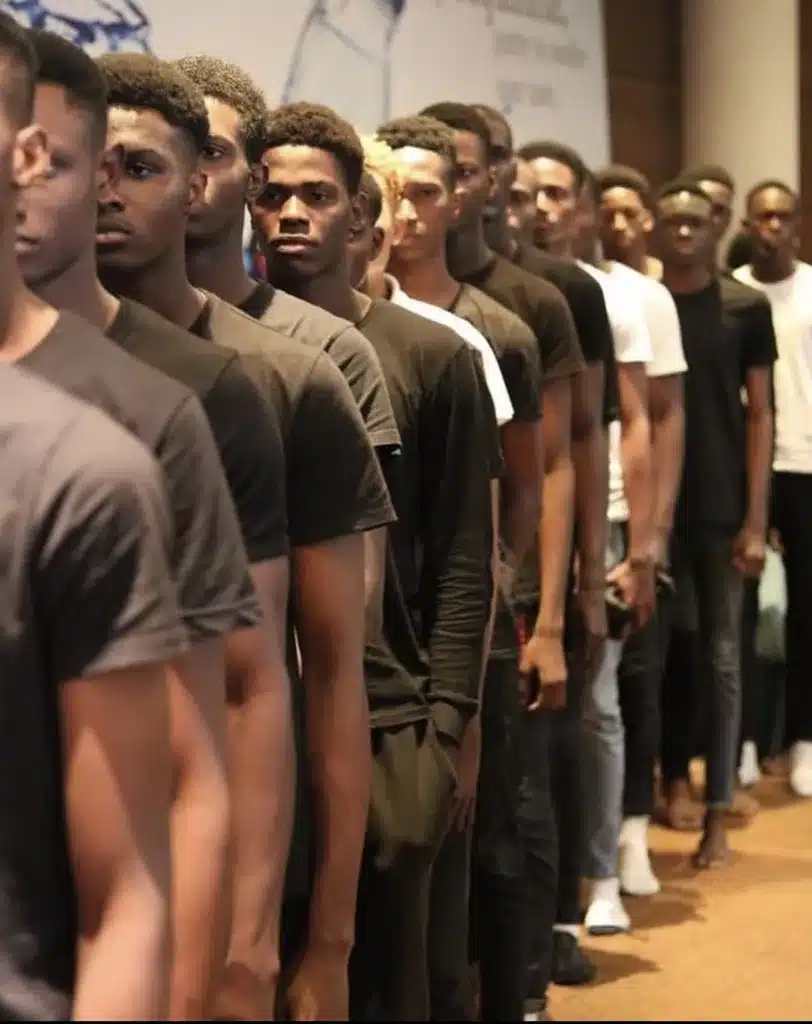

While the industry has seen increased calls for diversity and inclusivity, especially regarding body types and heights, the traditional standards for runway models still prioritize those within the specified height range. Aspiring runway models should consider these height requirements while seeking representation from modeling agencies and pursuing opportunities in the competitive world of fashion.
how tall do you have to be to be a runway model
The height requirements for runway models typically fall within a specific range, generally between 5’9″ and 6’0″ or taller. The emphasis on height in the runway modeling industry is rooted in the belief that taller models can showcase clothing in a more visually striking manner on the catwalk. This height range allows for a consistent and aesthetically pleasing presentation of designs, as garments tend to drape and flow more gracefully.
While the industry has witnessed a growing emphasis on diversity and inclusivity, with some designers challenging traditional standards, the specified height range remains a prevalent norm. Aspiring runway models should be aware of these requirements when pursuing a career in the fashion industry, as they significantly influence opportunities for representation by modeling agencies and access to runway shows.
What is a runway model
A runway model is a professional who specializes in showcasing designer clothing and accessories on the runway during fashion shows. Renowned for their poise, confidence, and striking physical presence, runway models play a pivotal role in bringing fashion designs to life. They are selected for their ability to embody the aesthetic and style of a designer’s collection, effectively conveying the creative vision through their runway walk and presentation.
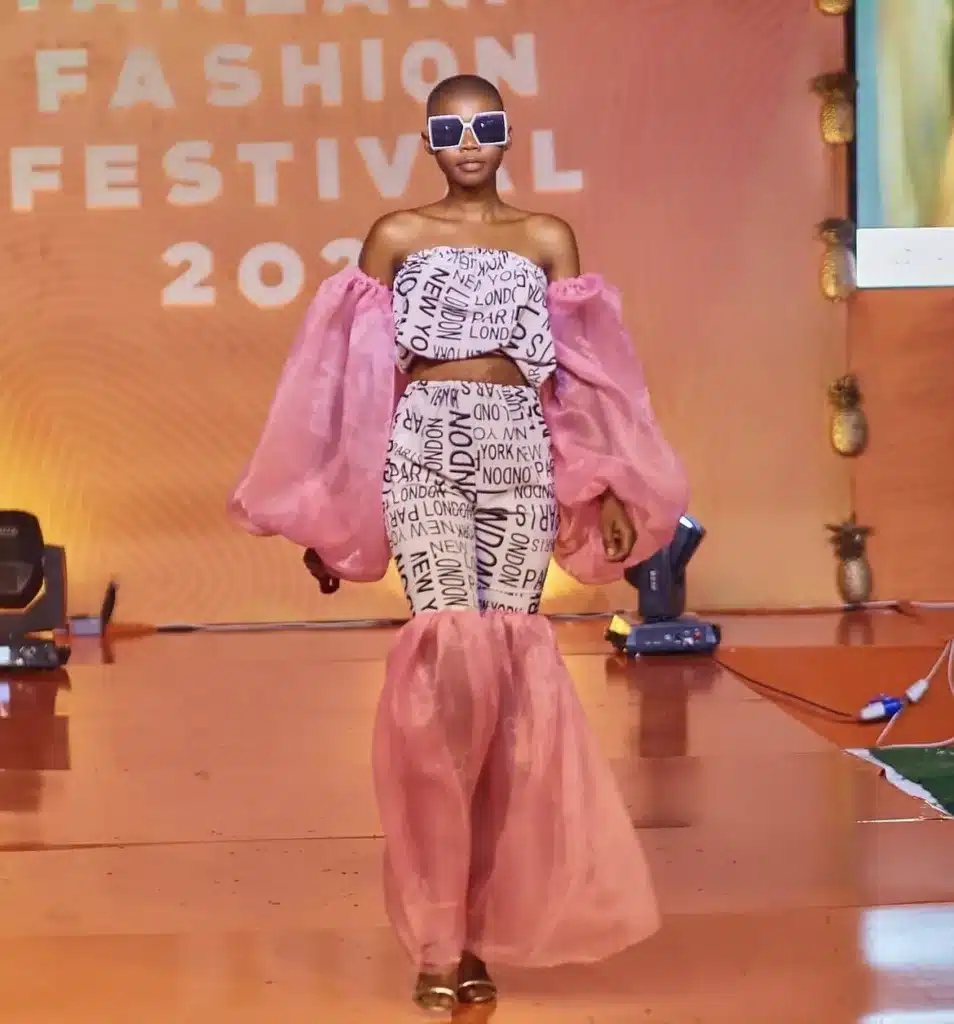

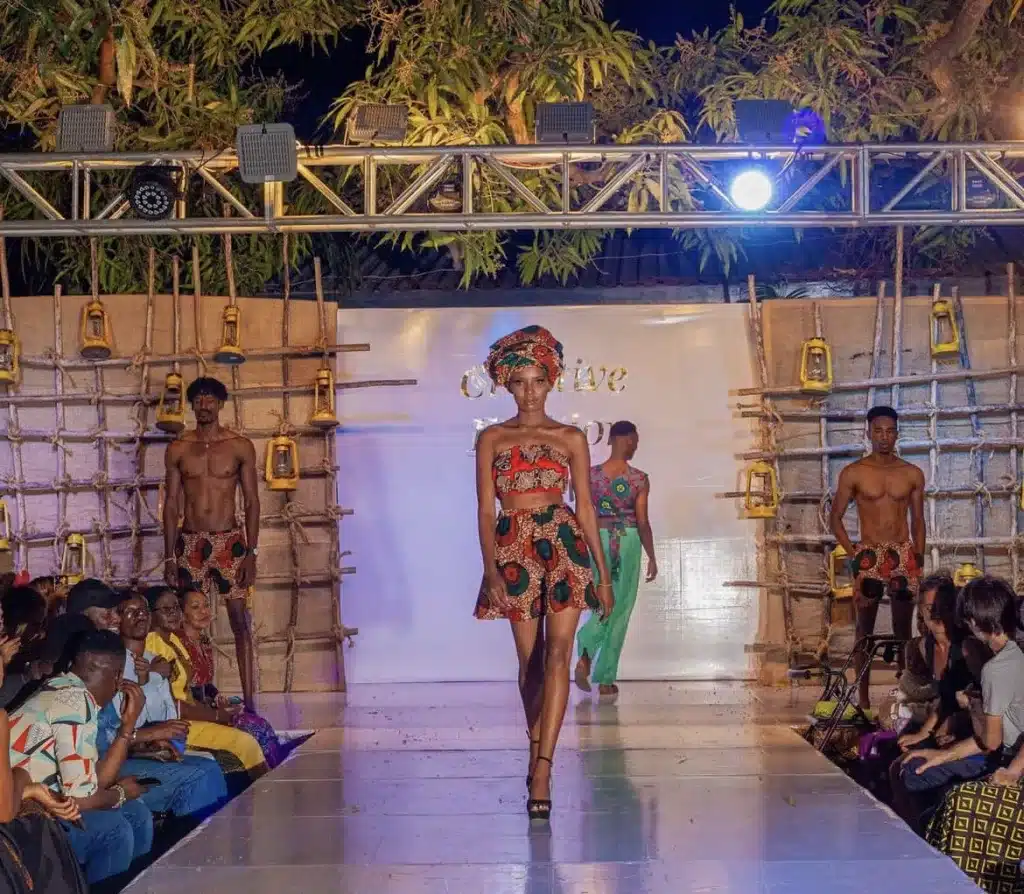
Runway models typically adhere to specific physical standards, including height and body proportions, to ensure a consistent and aesthetically pleasing presentation of garments. Beyond the catwalk, runway models are also featured in promotional materials, advertisements, and editorial spreads, contributing to the broader representation and dissemination of fashion trends. Their role extends beyond aesthetics, influencing the perception of style and shaping the industry’s standards of beauty and elegance.
Runway model outfits
Runway model outfits are carefully selected and curated by fashion designers to complement the theme and aesthetic of their collections. These outfits are meticulously designed to showcase the garments’ details, textures, and overall style during a fashion show. Runway models are often required to wear a variety of outfits, ranging from avant-garde and high-fashion looks to more practical and ready-to-wear ensembles. The diversity in outfits reflects the designer’s creative vision and contributes to the overall narrative of the fashion presentation.
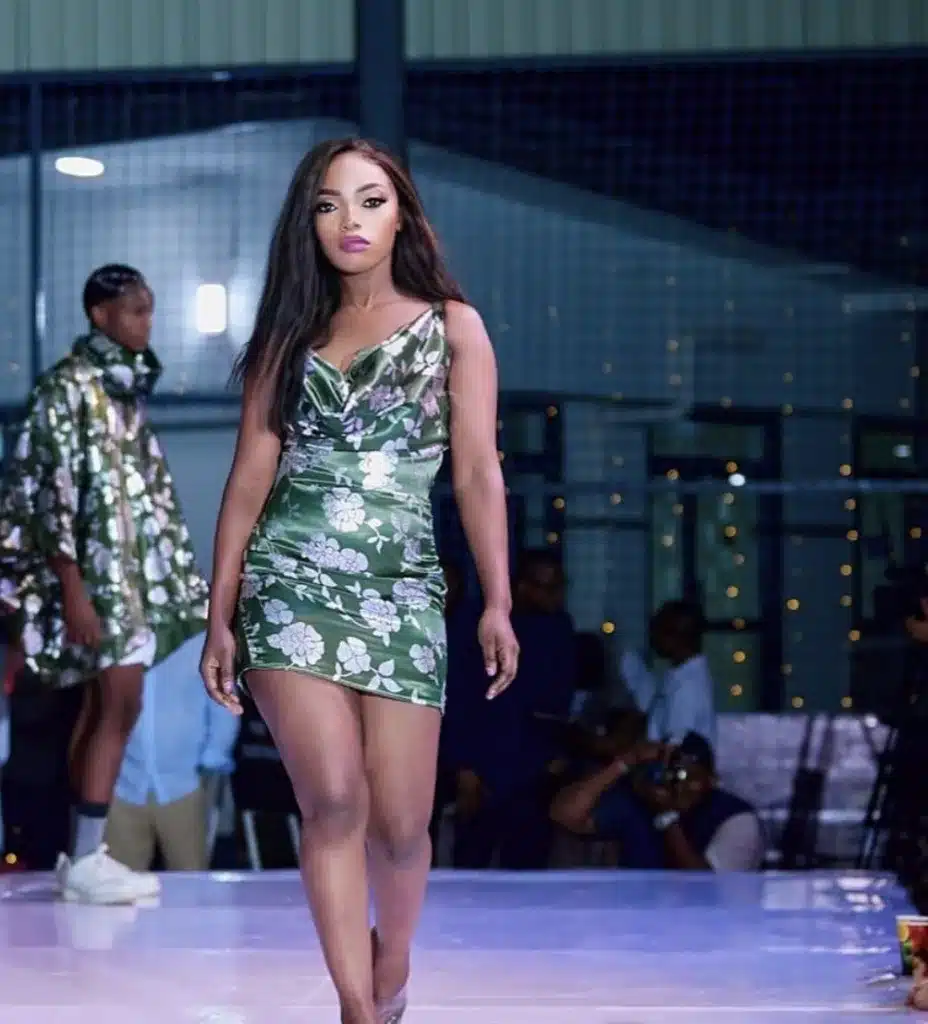
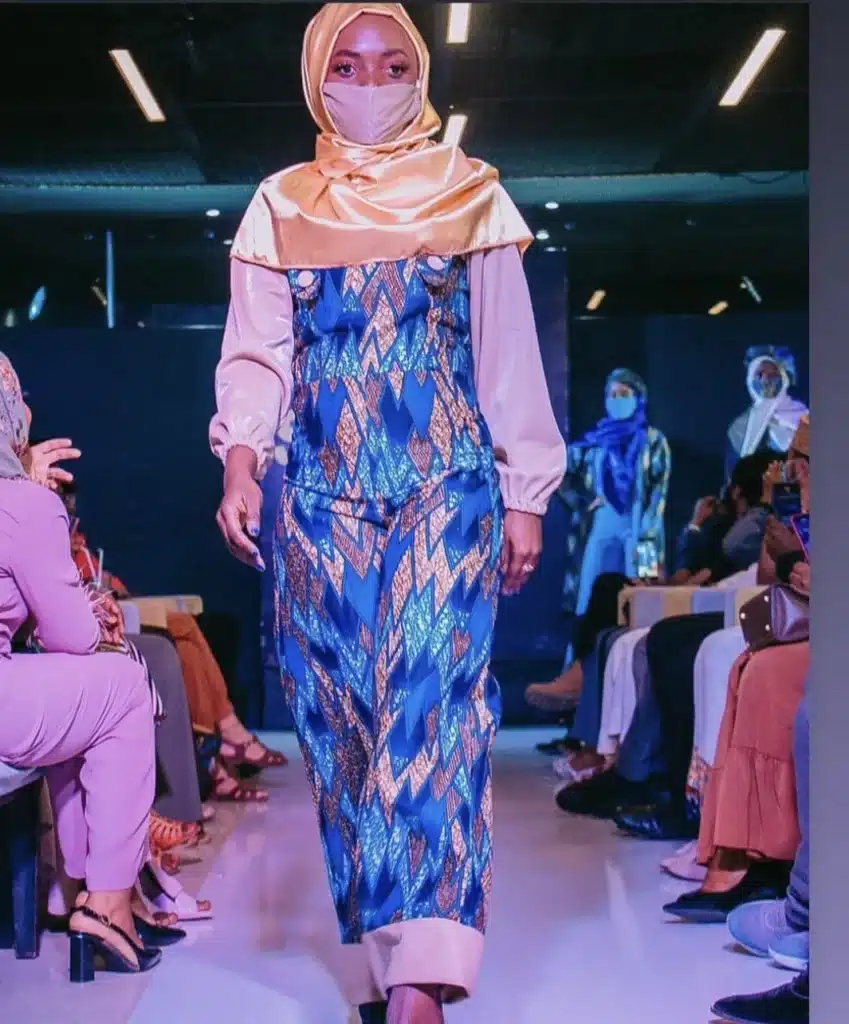
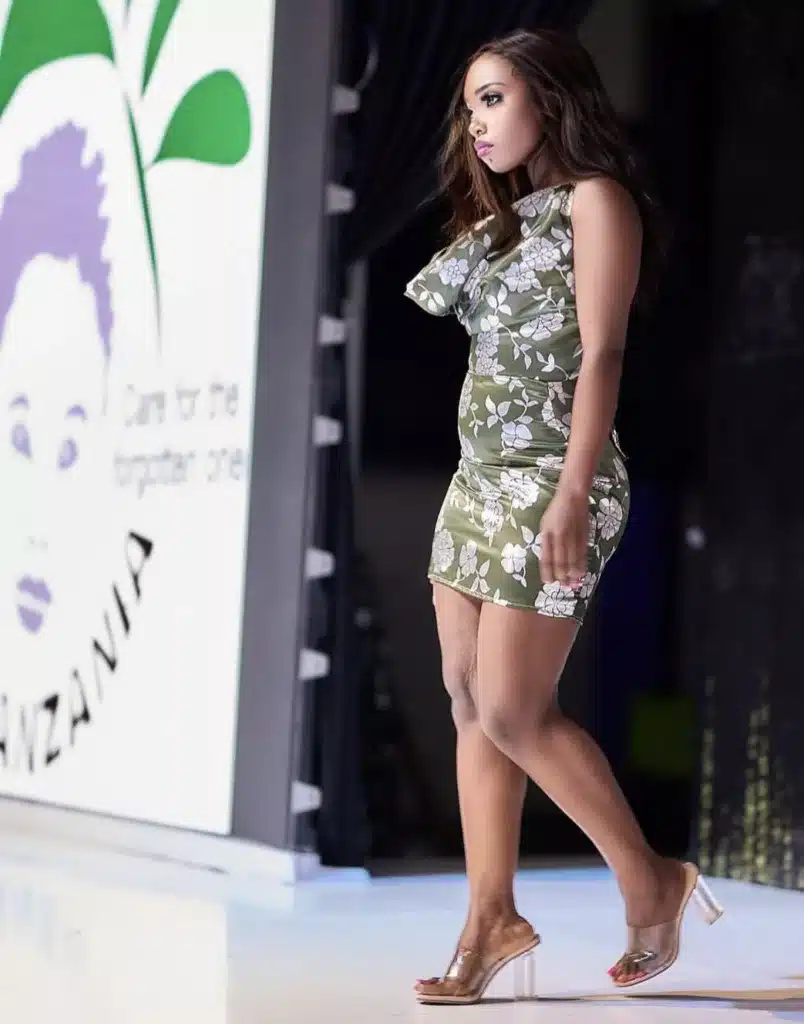
Height requirements for runway models are integral to the industry’s standards and play a crucial role in the selection process. Models walking the runway are typically expected to be within the range of 5’9 to 6’0 or taller. The emphasis on height is rooted in the belief that taller models present clothing in a more visually striking manner, allowing garments to drape and flow elegantly on the catwalk. These height requirements have become a traditional norm in the fashion world, influencing the casting decisions made by designers and modeling agencies for runway shows.
Runway model height requirements
Runway model height requirements are a distinctive and longstanding feature in the fashion industry, reflecting the industry’s aesthetic preferences and the desire for a consistent and visually appealing presentation of clothing on the catwalk. While there can be some variation, runway models are typically expected to fall within the height range of 5’9 to 6’0 or taller. The emphasis on height stems from the belief that taller models can effectively showcase garments, allowing clothing to drape and flow in a way that enhances the overall visual impact.
These height standards have become ingrained in the traditional norms of the fashion world and are often considered during casting decisions for runway shows. While there is a growing movement towards greater diversity and inclusivity in the industry, the specified height range remains a significant factor in determining a model’s eligibility for the runway.
Runway model meaning
A runway model is a professional individual who specializes in showcasing clothing and accessories on the runway during fashion shows. These models are selected for their ability to embody the designer’s vision and effectively present garments with grace, confidence, and poise. Becoming a runway model involves a combination of specific physical attributes, skills, and strategic steps. Height is a key factor, with runway models typically expected to fall within the range of 5’9 to 6’0 or taller. A lean and well-proportioned physique, along with a versatile look, is also essential. Aspiring runway models often begin by building a strong portfolio that showcases their adaptability and range.
Seeking representation from reputable modeling agencies is crucial, as agencies can provide exposure to relevant opportunities and connect models with fashion designers. Developing a distinctive and confident runway walk, staying informed about industry trends, and actively participating in castings and runway training are integral to building a successful career on the catwalk.
How do you become a runway model
Becoming a runway model involves a deliberate and strategic approach to navigate the competitive fashion industry. The journey typically begins with aspiring models focusing on their physical attributes, with an emphasis on meeting industry standards for height, often ranging from 5’9 to 6’0 or taller. Developing a lean and well-proportioned physique is essential, as is maintaining clear skin and versatile facial features.
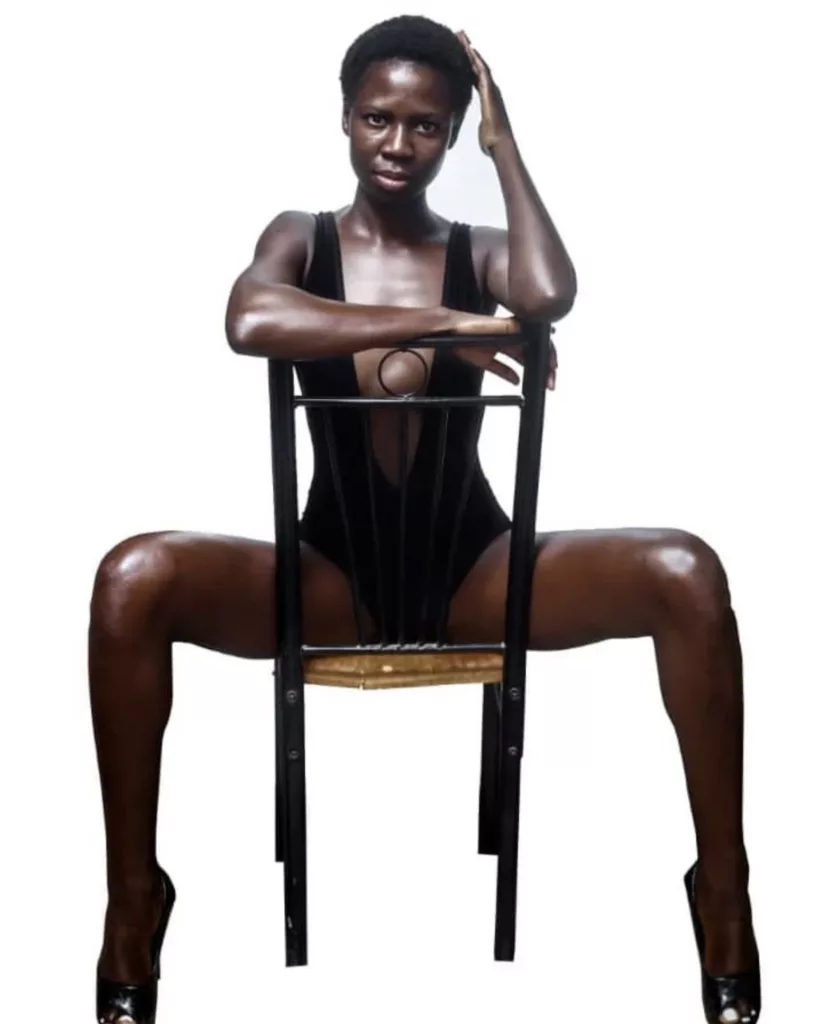
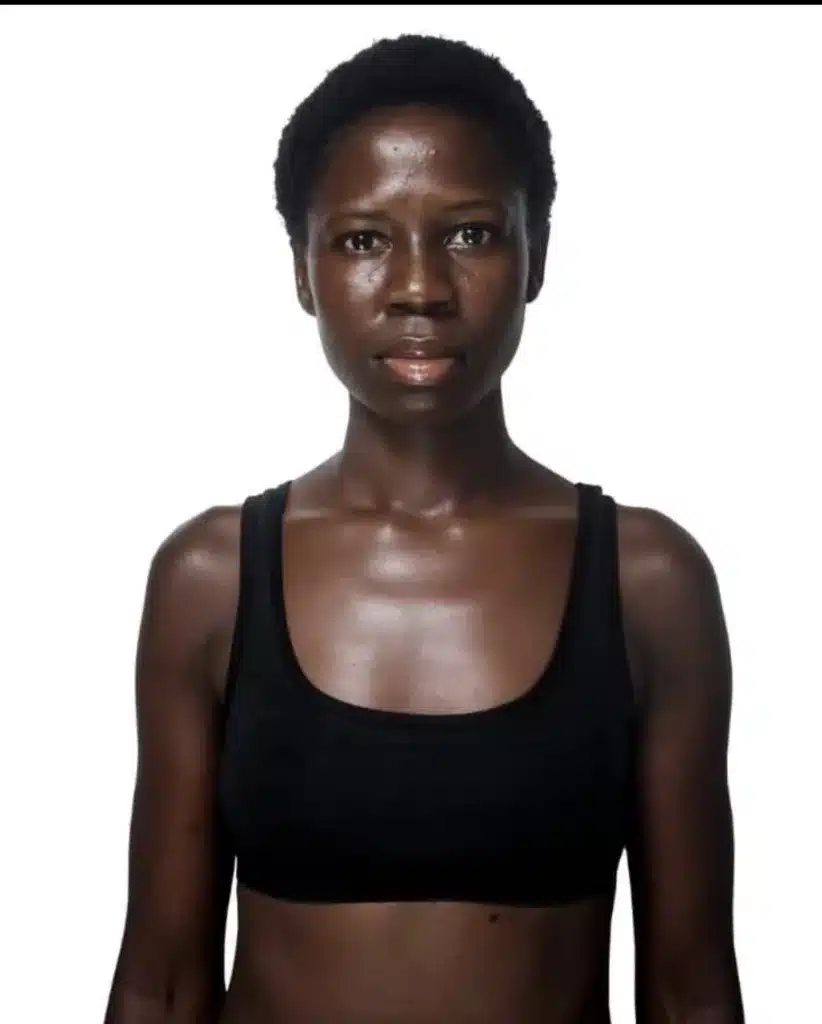
Aspiring runway models should invest in creating a professional portfolio that showcases their adaptability and range in front of the camera. Seeking representation from reputable modeling agencies is a crucial step, as agencies can open doors to runway opportunities and connect models with designers. Developing a unique and confident runway walk is a skill that requires practice and refinement. Actively participating in castings, attending open calls, and staying informed about the latest industry trends are also essential steps to increase visibility and opportunities in the competitive world of runway modeling.
Requirements to be a runway model
Becoming a successful runway model requires meeting specific requirements that are commonly expected in the fashion industry. While individual standards may vary, here are some general requirements:
- Height: Runway models are typically tall, with the industry standard ranging from 5’9 to 6’0 or taller. This height allows for a visually appealing presentation of clothing on the runway.
- Body Proportions: Models should have a lean and well-proportioned physique. Clear skin, strong bone structure, and versatile facial features are also highly valued.
- Age: While there is demand for models of various ages in the fashion industry, runway models are often in their late teens to early twenties.
- Versatility: Runway models should be versatile, capable of adapting to different styles and designers’ visions.
- Portfolio: Aspiring models need a professional portfolio with high-quality photographs that showcase their range and versatility.
- Representation: Seeking representation from reputable modeling agencies is crucial, as agencies can connect models with designers and provide opportunities for runway shows.
- Runway Walk: Developing a unique and confident runway walk is essential. This skill is often honed through practice and training.
- Networking: Actively participating in castings, attending industry events, and building a network within the fashion community can enhance a model’s visibility and opportunities.
- Professionalism: Models must demonstrate professionalism, punctuality, and a positive attitude in their interactions with designers, agencies, and other industry professionals.
Adhering to these requirements, while continuously honing skills and staying informed about industry trends, can significantly enhance an aspiring model’s chances of success on the runway.
How to become runway model
Becoming a runway model involves a combination of specific steps and characteristics to navigate the competitive world of fashion. Here’s a guide on how to become a runway model:
- Understand the Industry: Learn about the fashion industry, different types of modeling, and the specific requirements for runway models.
- Meet Physical Requirements: Runway models are typically tall, with the industry standard often ranging from 5’9 to 6’0 or taller. Maintain a lean and well-proportioned physique.
- Build a Professional Portfolio: Create a portfolio with high-quality photographs that showcase your versatility, range, and ability to interpret different styles.
- Seek Representation: Approach reputable modeling agencies to seek representation. Agencies can open doors to opportunities, including runway shows.
- Develop a Unique Runway Walk: Practice and refine your runway walk. A distinctive and confident walk is crucial for success on the catwalk.
- Attend Castings and Open Calls: Actively participate in castings and attend open calls organized by agencies and designers. This provides exposure and opportunities.
- Networking: Build a network within the fashion industry by attending industry events, fashion shows, and connecting with professionals.
- Stay Informed: Keep up with industry trends, fashion designers, and runway shows. Stay informed about the evolving landscape of the fashion world.
- Professionalism: Demonstrate professionalism, punctuality, and a positive attitude in all interactions. These qualities are crucial in the modeling industry.
- Consider Runway Training: If possible, consider enrolling in runway training programs to refine your skills and receive guidance from experienced professionals.

Remember that the journey to becoming a runway model requires resilience and dedication. Rejections are part of the process, so staying persistent, continuously improving, and adapting to industry demands are key factors in achieving success on the runway.
How tall do you have to be to runway model
The height requirement for runway models can vary slightly depending on the specific standards of the fashion industry or the preferences of designers and agencies. However, in general, runway models are typically expected to be within the range of 5’9 to 6’0 or taller. This height range is considered standard because taller models are believed to present clothing in a more visually appealing manner on the runway.
The emphasis on height has been a longstanding tradition in the fashion industry, and it remains a key factor in the selection of models for runway shows. It’s important to note that while these height standards are prevalent, the industry is gradually becoming more inclusive, and some designers and agencies are embracing models of varying heights and body types, challenging traditional norms
Model on runway
A model on the runway is a central figure in the world of fashion, embodying the creative vision of designers and showcasing their latest collections during runway shows. With poise, confidence, and a distinctive runway walk, models bring clothing and accessories to life, captivating audiences and industry professionals alike.
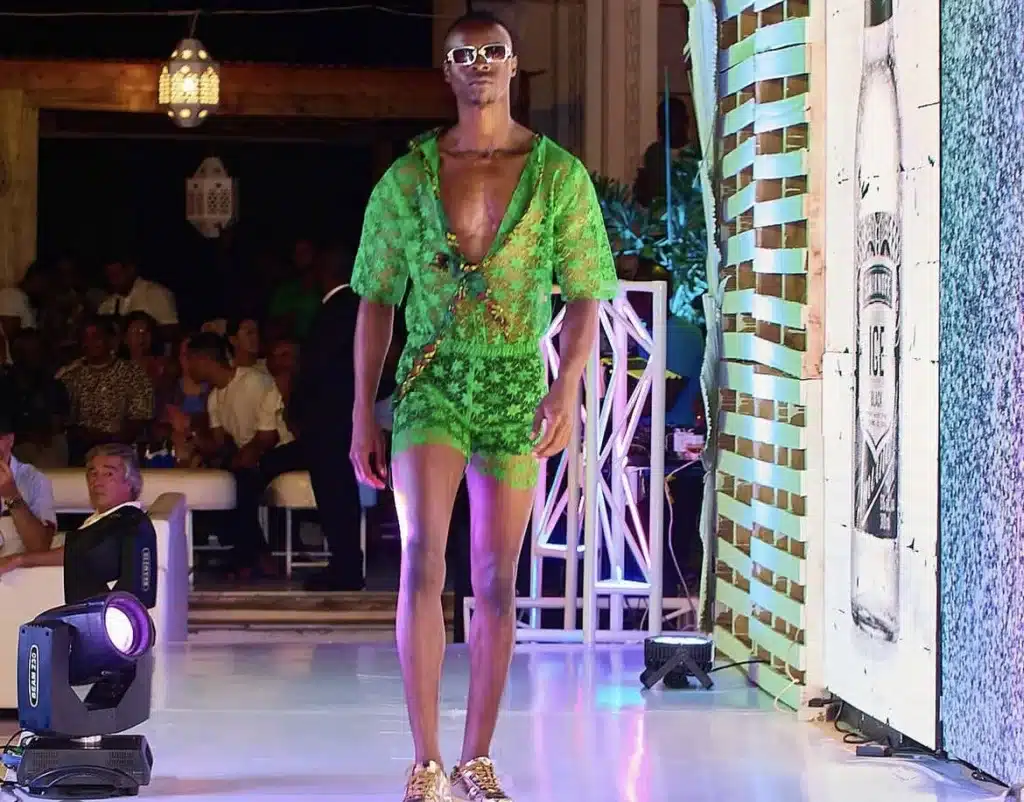
The runway serves as a dynamic stage for models to present diverse styles, from high fashion to ready-to-wear, allowing spectators to witness the evolution of trends and aesthetics. These models, often chosen for their height, proportionate physique, and versatility, play a crucial role in conveying the mood and narrative of a designer’s work. Beyond the glamour, a model on the runway reflects the fusion of art and commerce, influencing the perception of style and shaping the fashion landscape.
How tall do u have to be to be a runway model
The height requirements for runway models can vary, but they typically fall within the range of 5’9 to 6’0 or taller. This height standard has been a longstanding tradition in the fashion industry, as taller models are believed to present clothing in a more visually appealing manner on the runway.
While these requirements have been prevalent, there has been a growing movement towards greater diversity and inclusivity in the fashion industry, with some designers and agencies embracing models of varying heights and body types. However, the specified height range remains a common guideline for runway models, and aspiring individuals often find it beneficial to align with these standards when pursuing opportunities in the competitive world of fashion modeling.
Model requirements female
The specific requirements for female models can vary based on the segment of the modeling industry and the preferences of clients and agencies. However, here are some general guidelines and attributes that are often sought after for female models:
- Height and Proportions: While there is diversity in the industry, high-fashion and runway models are typically between 5’9 and 6’0 with well-proportioned bodies. Commercial and alternative modeling may have more flexibility in height requirements.
- Body Shape: Models generally have a lean and well-toned physique. There is an increasing demand for a diverse range of body shapes and sizes in the industry, but a proportionate and healthy body is often preferred.
- Clear Skin and Symmetry: Clear and healthy skin, as well as facial symmetry, are valued in the modeling industry.
- Versatility: Models should be versatile and able to adapt to different styles, looks, and concepts.
- Photogenic: Being photogenic and comfortable in front of the camera is crucial. Models should be able to convey a range of emotions and expressions.
- Professionalism: Models are expected to be professional, punctual, and reliable. Good communication and interpersonal skills are essential.
- Portfolio: A well-constructed portfolio with a variety of high-quality images showcasing versatility and range is important.
- Representation: Seeking representation from reputable modeling agencies can provide exposure and access to a wider range of opportunities.
It’s important to note that the industry is evolving, and there is an increasing emphasis on diversity and inclusivity. Many brands and agencies are now seeking models that represent a broader range of ethnicities, body types, and ages. Aspiring models should consider these factors and find opportunities that align with their unique attributes and strengths.
Requirements to be a model female
A lean and well-toned physique, along with clear and healthy skin, is generally preferred. Female models should be photogenic, comfortable in front of the camera, and capable of conveying a range of emotions. Versatility is key, as models may be required to adapt to different styles and concepts. Professionalism, reliability, and effective communication skills are also crucial for success in the industry. Building a strong portfolio that showcases versatility and seeking representation from reputable modeling agencies can open doors to various opportunities within the modeling world.
How tall are runway models
Runway models are typically tall, and the height requirements for runway models can vary slightly depending on the specific standards of the fashion industry, designers, and agencies. However, a common range for female runway models is often between 5’9 and 6’0 or taller. For male runway models, the range is typically between 6’0 and 6’2 or taller.
The emphasis on height in runway modeling is rooted in the belief that taller models can present clothing in a more visually striking and appealing manner on the catwalk. It’s important to note that while height requirements have been a traditional norm, the fashion industry is gradually becoming more inclusive, with some designers and brands embracing models of varying heights and body types in recent years.
Fashion show models
Fashion show models, often referred to simply as runway models, are integral to the world of fashion, playing a central role in presenting new clothing and designs to audiences. These models are carefully selected for their ability to embody the aesthetic vision of designers and bring garments to life on the runway. Fashion shows serve as dynamic platforms where models showcase the latest trends and styles, utilizing a combination of poise, confidence, and a distinctive runway walk. From high-fashion couture to ready-to-wear collections, fashion show models contribute to the visual narrative of the designer’s creations.

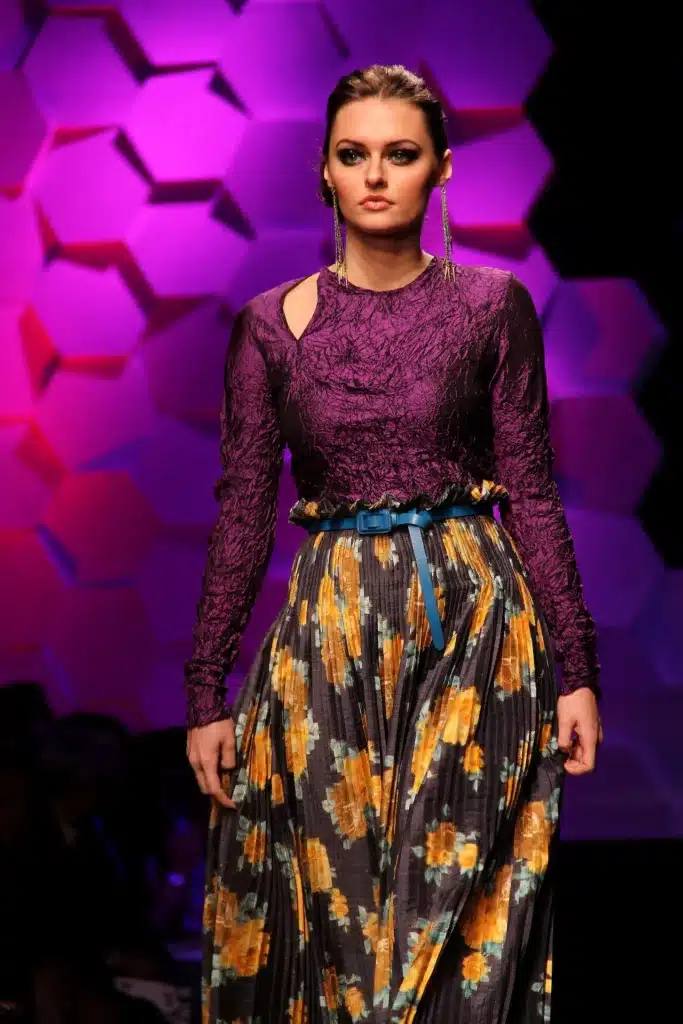
Their role extends beyond the catwalk, as they become the faces of brands, influencing fashion trends and capturing the attention of industry professionals and fashion enthusiasts alike. The diversity and individuality of fashion show models reflect the evolving landscape of the industry, with a growing emphasis on inclusivity and representation of various backgrounds, body types, and identities.
Fashionshow models
Fashion show models, also known as runway models, are essential components of the dynamic and ever-evolving fashion industry. These models are carefully selected to present and showcase designer clothing and accessories during fashion shows, embodying the creative vision of designers and brands. Renowned for their poise, grace, and a distinctive runway walk, fashion show models play a crucial role in bringing fashion concepts to life.

They navigate the catwalk with confidence, effectively highlighting the features and details of the garments they wear. Fashion show models contribute significantly to shaping trends, setting standards of beauty, and influencing the public’s perception of style. With the industry’s increasing emphasis on diversity and inclusivity, fashion show models today represent a broad spectrum of backgrounds, sizes, and identities, reflecting a more inclusive and representative vision of beauty and fashion.
What is runway modeling
Runway modeling, often referred to as catwalk modeling, is a specialized form of modeling where individuals showcase designer clothing and accessories on a raised platform known as the runway or catwalk. Runway models present these fashion items by walking down a designated path, typically in front of an audience during fashion shows. This form of modeling requires a unique set of skills, including a distinctive and confident runway walk, the ability to pose and carry oneself gracefully, and adaptability to different styles and designer visions.
Runway modeling is a crucial aspect of the fashion industry, serving as a means for designers to display their latest collections to industry professionals, media, and the public. Runway models are selected based on their physical attributes, including height and body proportions, as well as their ability to convey the mood and style of the clothing they wear. The runway is not only a platform for showcasing fashion but also a dynamic space where models contribute to the overall visual and artistic narrative of a designer’s work.
How to get into runway modeling
Getting into runway modeling requires a combination of specific steps, dedication, and a strategic approach. Here’s a guide to help you pursue a career in runway modeling:
- Understand the Industry: Familiarize yourself with the fashion industry, various types of modeling, and the specific requirements for runway models.
- Evaluate Your Look: Runway models typically have specific physical attributes, including height and body proportions. Consider if your look aligns with industry standards.
- Build a Professional Portfolio: Create a portfolio with high-quality photographs that showcase your versatility and range. Include headshots, full-body shots, and images that highlight your ability to convey different moods and styles.
- Height and Body Requirements: While there is an increasing push for diversity, many runway models are tall, often between 5’9 and 6’0. Maintain a well-toned physique and clear skin.
- Seek Representation: Approach reputable modeling agencies to seek representation. Agencies can provide exposure, connect you with designers, and offer guidance on your career.
- Develop Your Runway Walk: Work on developing a confident and distinctive runway walk. Practice walking with poise, balance, and fluidity. Consider taking runway training classes if available.
- Attend Castings and Open Calls: Keep an eye on casting calls and attend open calls organized by modeling agencies or designers. This is an opportunity to showcase your skills and gain exposure.
- Network: Attend fashion events, shows, and industry parties to build a network. Connect with professionals in the fashion industry, including designers, photographers, and other models.
- Stay Informed: Keep up with fashion trends, designers, and the modeling industry. This knowledge will be valuable in interviews, castings, and discussions within the industry.
- Be Persistent and Resilient: Rejection is a part of the modeling industry. Stay persistent, learn from each experience, and continue to improve your skills.
Remember, success in runway modeling often requires a combination of talent, dedication, and the right opportunities. Keep honing your craft, stay professional, and be open to learning and evolving within the dynamic world of fashion.
How tall do runway models have to be
Runway models are generally expected to be tall, with height being a significant factor in the fashion industry’s standards. While there can be some variation, the typical height range for female runway models is often between 5’9 and 6’0 or taller. Male runway models usually fall within the range of 6’0 to 6’2 or taller. The emphasis on height in runway modeling is rooted in the belief that taller models can effectively present clothing in a more visually appealing manner, allowing garments to drape and flow elegantly on the catwalk.
It’s important to note that there has been a growing push for diversity and inclusivity in the fashion industry, challenging traditional norms. Some designers and brands are now more open to models of varying heights and body types, contributing to a more diverse representation in the world of fashion.
Run way model
A runway model is a professional who specializes in showcasing designer clothing and accessories on the runway or catwalk during fashion shows. Renowned for their height, poise, and distinctive runway walk, these models play a crucial role in presenting the latest fashion collections to industry professionals, media, and the public. Runway models are carefully selected to embody the designer’s vision and enhance the overall presentation of the garments they wear.
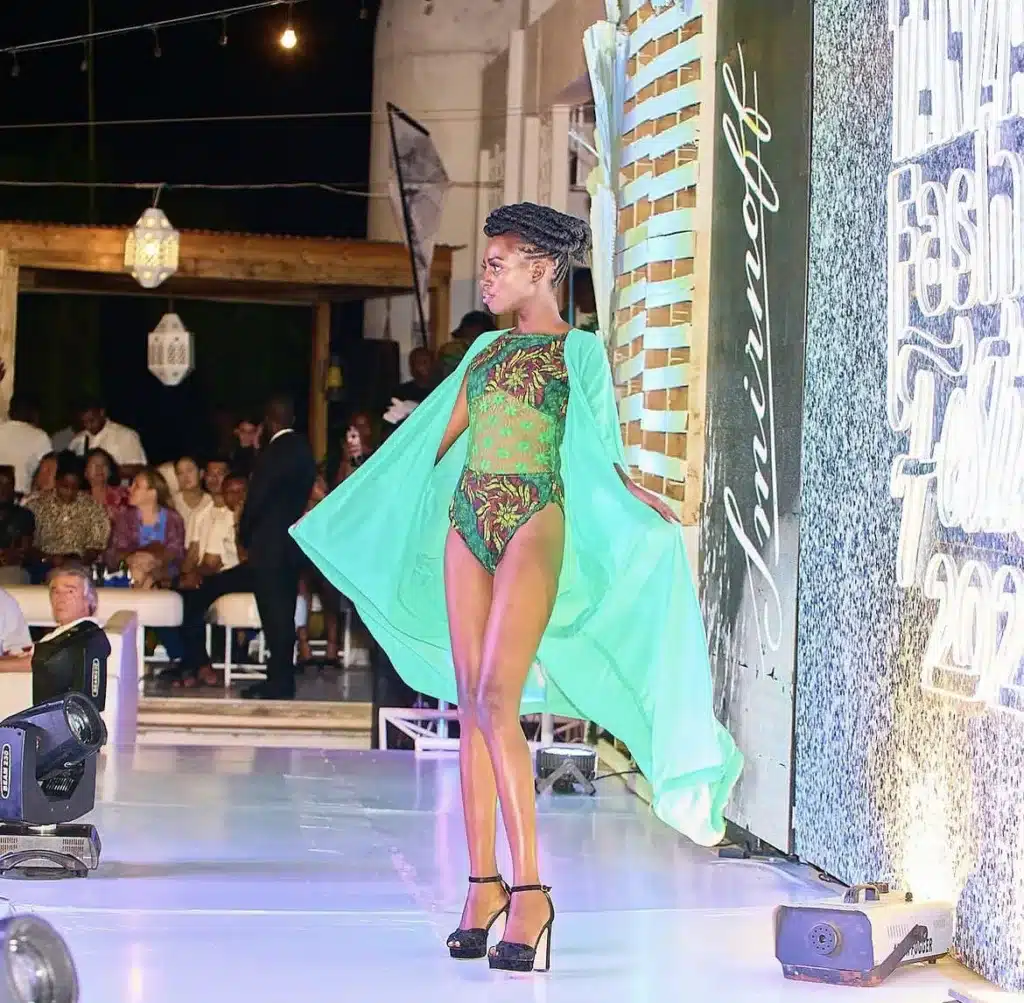
Their work extends beyond the catwalk, often involving photo shoots, brand endorsements, and other promotional activities. The fashion industry has been evolving, and there’s a growing emphasis on inclusivity, diversity, and representing a broader range of body types and backgrounds in runway modeling.
Runway models height
he height requirements for runway models can vary, but in general, runway models are typically tall. For female runway models, the height typically falls within the range of 5’9 to 6’0 or taller. Male runway models are generally expected to be between 6’0″ and 6’2 or taller. The emphasis on height in runway modeling is rooted in the belief that taller models present clothing in a more visually appealing manner, allowing garments to drape and flow elegantly on the catwalk.
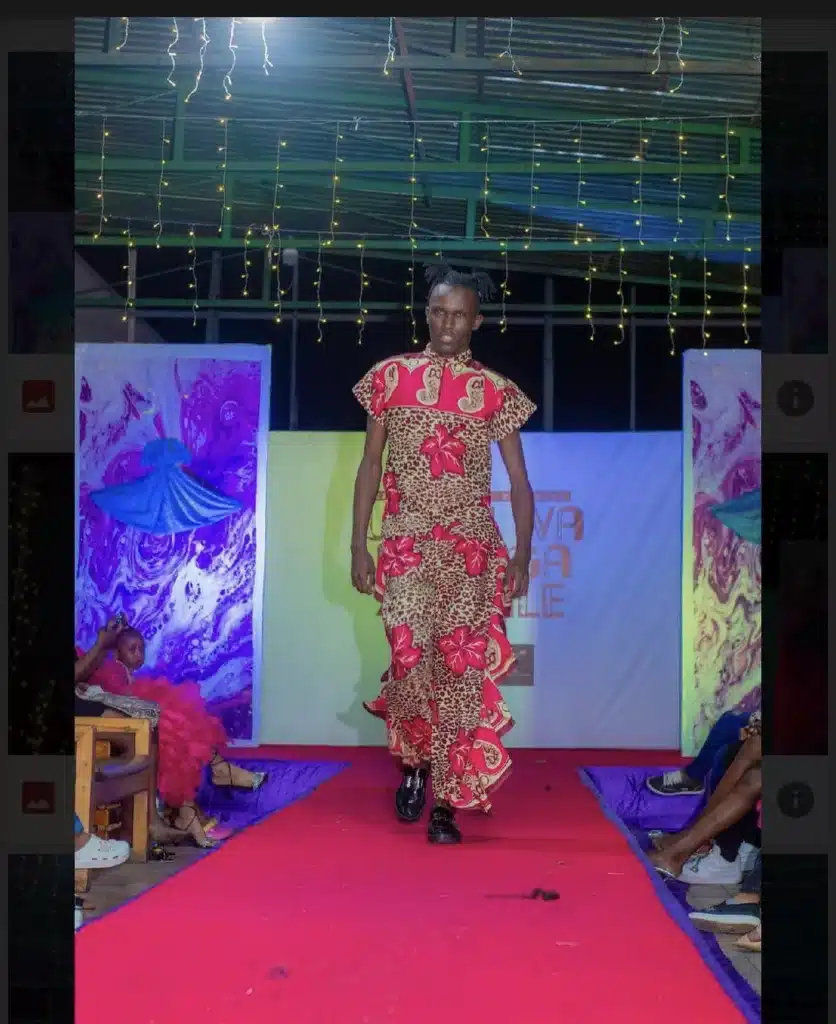
While these height standards have been traditional in the fashion industry, there is a growing movement toward greater diversity and inclusivity, with some designers and brands embracing models of varying heights and body types.
Runways for models
Runways in the context of fashion are long, narrow platforms or stages elevated above the floor, providing a space for models to present designer clothing and accessories to an audience. These runways, often called catwalks, serve as the focal point of fashion events, allowing models to walk and display the latest collections.
Runways can vary in design, ranging from simple straight paths to more elaborate configurations depending on the venue and the creative vision of the fashion show. The runway is a dynamic space where models showcase the aesthetic and style of the designer’s work, and it plays a crucial role in creating a visually impactful presentation during fashion events.
How to start runway modeling
Starting a career in runway modeling involves several steps and careful planning. Here’s a guide to help you kickstart your journey into the world of runway modeling:
- Research the Industry:
- Familiarize yourself with the fashion industry, different types of modeling, and the specific requirements for runway models.
- Stay updated on current fashion trends and designers.
- Self-Assessment:
- Evaluate your physical attributes, especially height and body proportions. Runway models are typically tall, often between 5’9″ and 6’0″ for females, and slightly taller for males.
- Consider your overall look and whether it aligns with the standards set by the industry.
- Develop Your Portfolio:
- Create a professional modeling portfolio with high-quality photographs. Include a variety of shots showcasing your versatility, personality, and ability to convey different moods.
- Consider working with experienced photographers to capture dynamic and engaging images.
- Seek Representation:
- Research reputable modeling agencies in your area or in major fashion hubs.
- Submit your portfolio and attend open calls if the agency has them.
- If accepted, the agency can help you find opportunities and guide your career.
- Runway Walk Training:
- Work on developing a confident and distinctive runway walk. This is a crucial skill for runway models.
- Attend runway training sessions or workshops if available.
- Networking:
- Attend fashion events, industry parties, and networking functions to connect with professionals in the fashion world.
- Build relationships with designers, photographers, and other models.
- Stay Informed:
- Keep abreast of the latest fashion trends, designers, and industry news.
- Follow fashion shows, both locally and internationally, to understand different styles and presentations.
- Attend Castings and Open Calls:
- Look for casting calls and attend open calls organized by agencies or designers.
- Use these opportunities to showcase your skills and gain exposure.
- Professionalism:
- Demonstrate professionalism, punctuality, and a positive attitude in all interactions.
- Be prepared for rejections and learn from each experience.
- Be Persistent:
- Building a career in modeling takes time. Be persistent, patient, and stay dedicated to your goals.
Remember that the modeling industry is competitive, and success may not come overnight. Continuously hone your skills, stay adaptable, and be open to evolving with the changing landscape of the fashion world.
Minimum height for runway models
While the fashion industry’s standards for minimum height can vary, runway models are typically expected to be tall to present clothing in a visually striking manner on the catwalk. The minimum height for runway models is often around 5’9″ for females. However, it’s important to note that these are general guidelines and not strict rules.
In recent years, there has been an increasing push for diversity and inclusivity in the fashion industry. Some designers and brands are challenging traditional height norms, embracing models of varying heights and body types. This shift reflects a broader acknowledgment of beauty in all its forms and a desire to represent a more diverse range of individuals in the fashion world.
Aspiring models interested in runway work should research and consider the specific requirements of the agencies and designers they are interested in working with, as these standards can vary within the industry.
Runway fashion modeling
Runway fashion modeling is a specialized form of modeling where individuals, known as runway models, showcase designer clothing and accessories on the runway or catwalk during fashion shows. This type of modeling requires a unique set of skills and characteristics due to the live and dynamic nature of runway presentations. Here are some key aspects of runway fashion modeling:
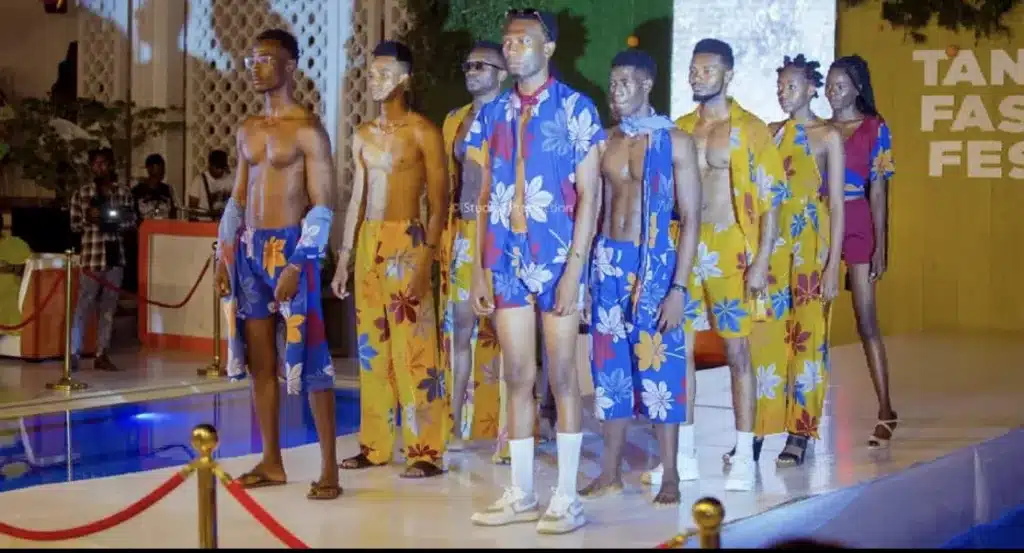
- Physical Attributes: Runway models are typically tall, with the industry standard often falling within the range of 5’9 to 6’0 or taller for females and slightly taller for males. They are expected to have well-proportioned bodies and clear skin.
- Versatility: Runway models need to be versatile and able to adapt to different styles, designers, and fashion aesthetics. They must embody the vision of the designers they are working with.
- Runway Walk: Developing a distinctive and confident runway walk is a crucial skill. The walk should complement the style of the clothing and leave a lasting impression.
- Professional Portfolio: Models should have a professional portfolio with high-quality images showcasing their range and versatility. This portfolio is often used when applying to modeling agencies or when attending castings.
- Agency Representation: Many runway models are represented by modeling agencies. Agencies help models secure opportunities, negotiate contracts, and navigate the competitive fashion industry.
- Networking: Building a network within the fashion industry is important. Attending fashion events, runway shows, and industry parties can provide opportunities to connect with designers, photographers, and other professionals.
- Fashion Trends: Runway models should stay informed about the latest fashion trends, designers, and industry developments. This knowledge enhances their ability to effectively showcase a variety of looks.
- Professionalism: Models need to demonstrate professionalism, reliability, and a positive attitude. This includes punctuality, cooperation with designers and backstage teams, and maintaining a good reputation in the industry.
- Open Calls and Castings: Runway models often attend open calls and castings where designers and agencies select models for specific fashion shows. Being proactive and attending these events can open doors to opportunities.
Runway fashion modeling is an exciting but competitive field. Models who succeed often combine physical attributes with a strong work ethic, adaptability, and a keen understanding of the fashion industry.
Runway modeling pictures
Runway modeling pictures, also known as runway shots or runway photos, are still images captured during a runway show or fashion presentation. These pictures showcase models as they walk down the runway, wearing designer clothing and accessories. While runway modeling is primarily a live and dynamic experience, photographers capture specific moments during the fashion show to document and highlight the garments, the model’s runway walk, and the overall atmosphere of the event.
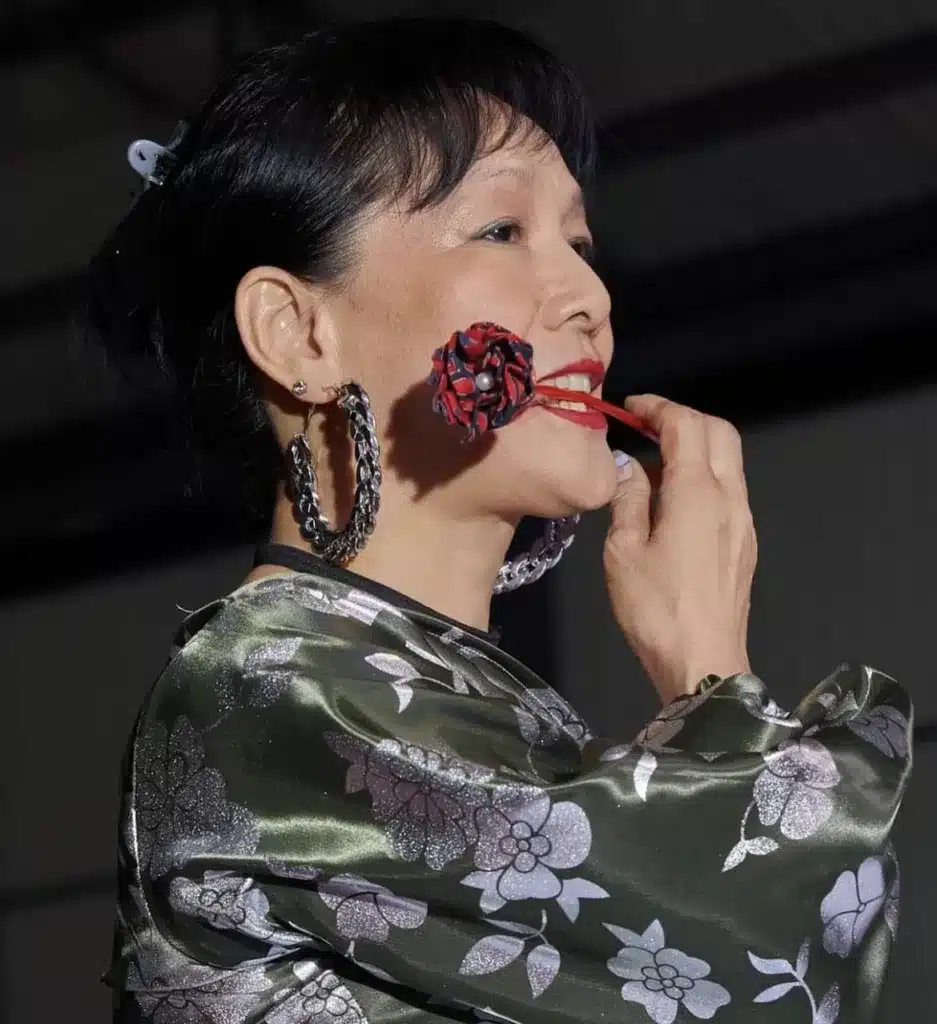
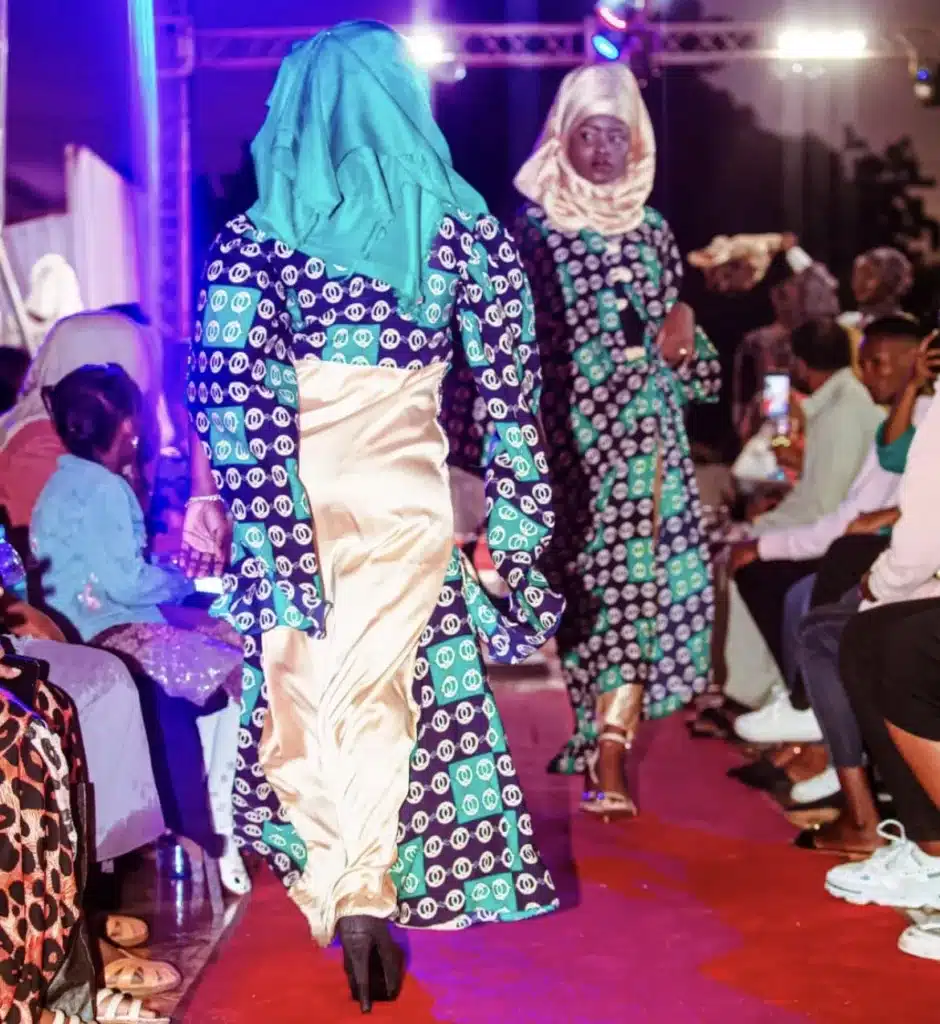
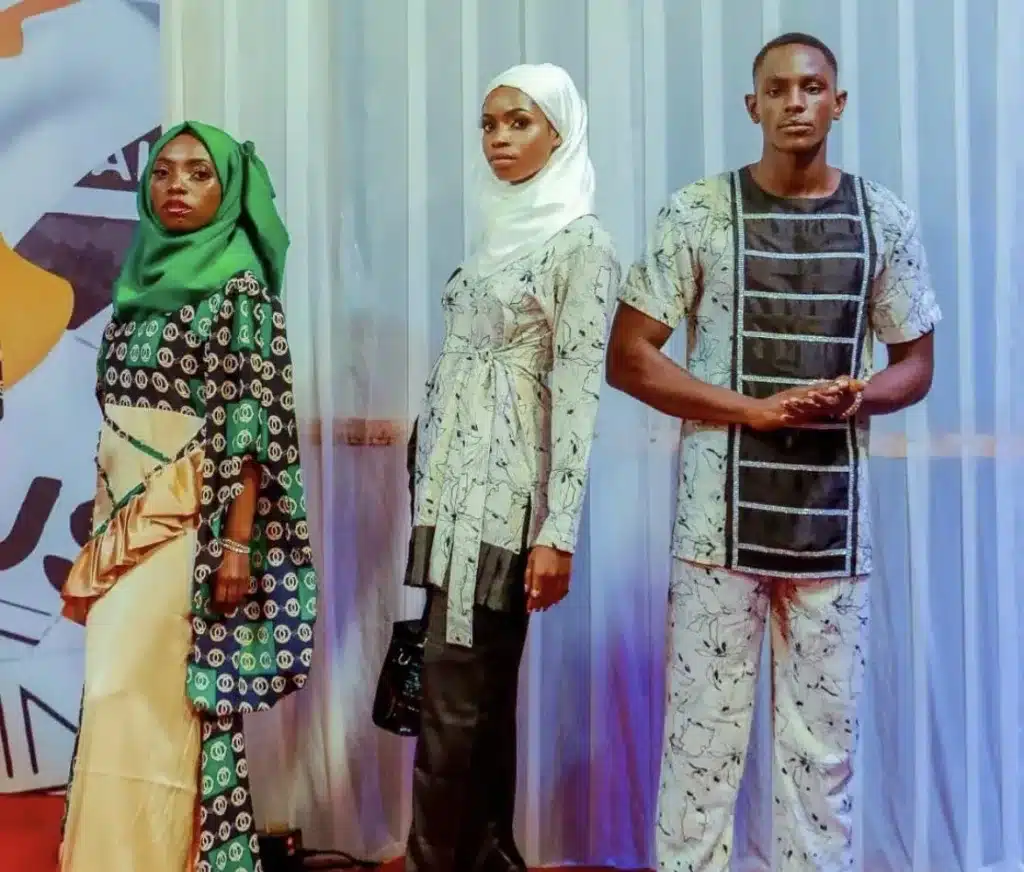
Runway modeling pictures often emphasize the movement, style, and presentation of the clothing. They provide a visual record of the fashion show, allowing designers, fashion enthusiasts, and industry professionals to review and appreciate the details of the showcased collections. These images play a crucial role in conveying the aesthetic and mood of the runway presentation and are frequently used in fashion publications, online platforms, and portfolios to showcase the work of both the designers and the models.
Commercial model
A commercial model is a professional model who specializes in promoting products, services, or brands through various forms of advertising. Unlike high-fashion models who often work with couture designers and runway shows, commercial models have a broader appeal and represent a diverse range of ages, sizes, and looks. They are featured in advertisements, catalogs, commercials, billboards, and other promotional materials with the goal of connecting with a wide audience.
Commercial models are chosen for their relatability and the ability to resonate with the target demographic of a specific campaign. They may showcase everyday products, lifestyle services, or represent a particular brand image. Commercial modeling often requires a friendly and approachable look, as the aim is to appeal to a broad consumer base. The versatility of commercial models makes them valuable assets in the advertising industry, contributing to the success of various brands across different market sectors.

